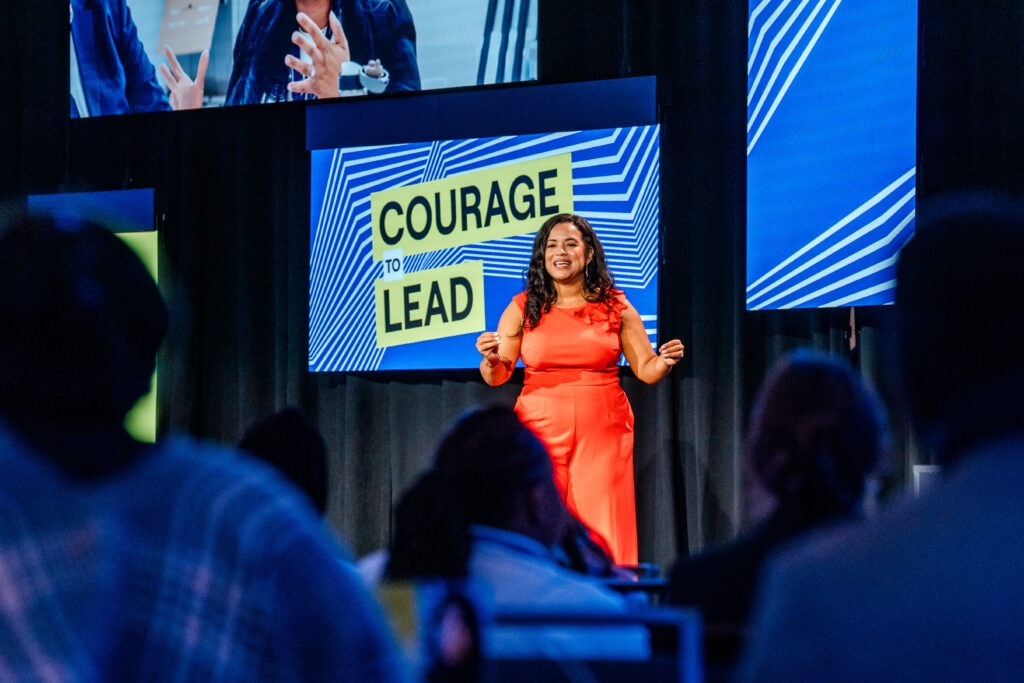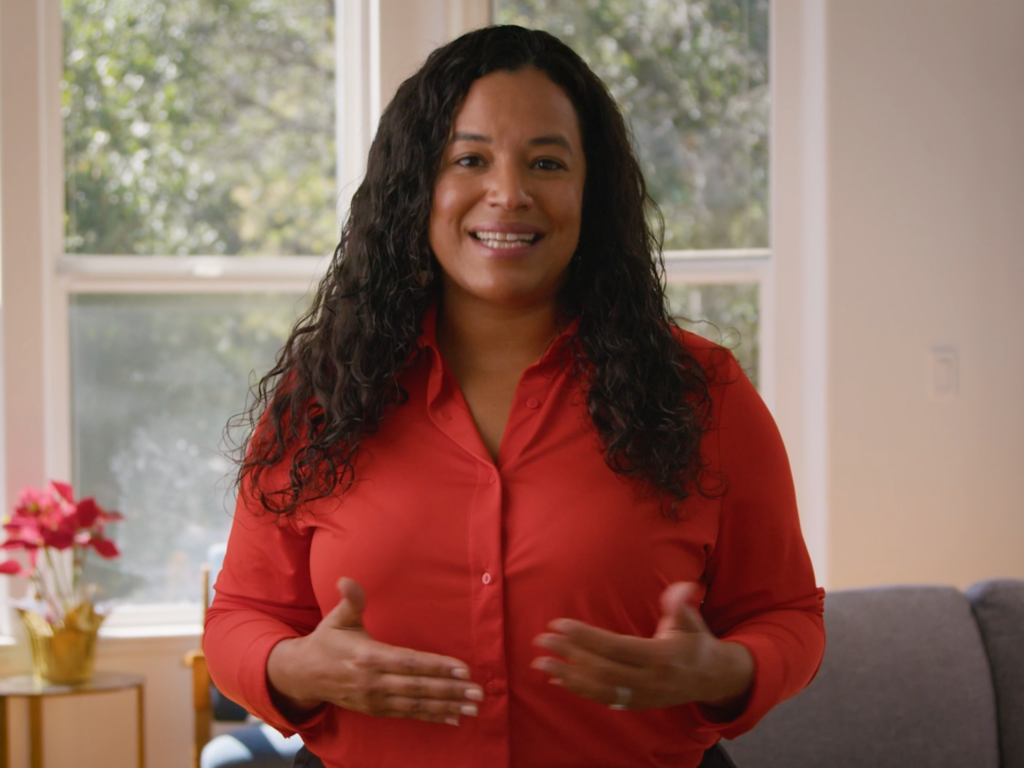This article by NewSchools’ team members Julie Mikuta and Julia Freeland originally appeared in the May/June 2008 issue of the Journal of Teacher Education.
By Julie Mikuta and Julia Freeland (NewSchools Venture Fund) and Andrew Rotherham (Education Sector)
Dear 44th President of the United States,
When you enter office in January 2009, David will have just started third grade. This is a vital year for him; by the end of the year, he must be reading well. If he is not, he will have only a 1 in 10 chance of going to college (Teach for America, 2007). As a minority student attending school in a low-income community, David is already likely to be three grade levels behind his peers in more affluent neighborhoods. His school building has been recently renovated and his classroom is full of brand new computers and textbooks. Although these make David excited to go to school, none of them come close to determining whether David will read. Research tells us that his success in fact rests in large part on the quality of his teacher (Hanushek & Rivkin, 2007; Sanders & Rivers, 1996). A highly effective teacher—compared to a less effective teacher—could move David up 10 percentile points by the end of the year (Gordon, Kane, & Staiger, 2006), a first step towards his long-term success in school.
It is up to you to alter this course for students like David. To do so, you must ensure that these students are taught by effective teachers. Although addressing human capital in school systems is complex and controversial, the potential it holds for radically improving student gains is reason enough to pursue an aggressive national agenda that recruits, trains and supports more effective teachers. Without taking on human capital in this labor intensive industry, all other reforms will fall short.
Addressing teacher effectiveness is a national responsibility that other nations have already taken seriously. A recent study commissioned by the Organization for Economic Cooperation and Development (OECD) identified that, of all of the strategies used by the top school systems across the 30 OECD countries, “getting the right people to become teachers” and “developing them into effective instructors” were two of the three practices critical to developing successful school systems (Barber & Mourshed, 2007).
In the American public education system today, managing the people who provide for our children is one of the greatest challenges facing schools, districts, states, and the federal government. Our nation’s public education system includes more than 6.5 million employees spread across 15,000 districts and 116,665 schools (Strizek, et al, 2006). At the fulcrum of our school improvement efforts are the 3.5 million teachers who most directly drive student outcomes on a daily basis. Although roughly three education dollars in four are put towards human capital, spending has been chronically misaligned from more essential school improvement goals. From policy to the bully pulpit, you can help fix this. …
Read the entire article in the May/June 2008 issue of Journal of Teacher Education (subscription required).


